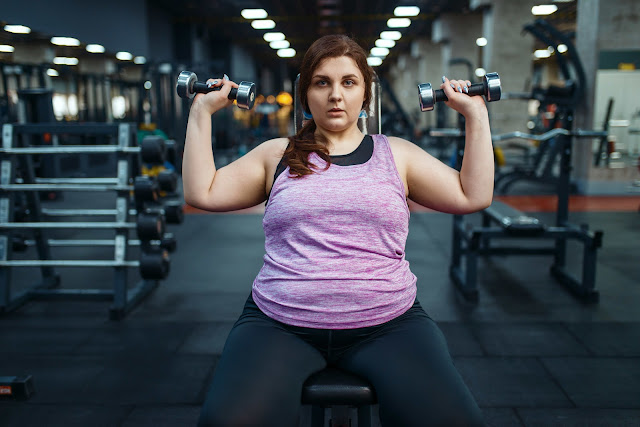Why Is Spot Reduction for Fat Ineffective?
Reducing that number on the scale may be a challenge, but it’s much easier than altering your basic body shape. The team at St. Louis-based cosmetic surgery practice West County Plastic Surgeons of Washington University commonly sees patients who want to reduce fat from isolated areas, but are unable to achieve their desired results with lifestyle changes alone.
The board-certified plastic surgeons typically share advice about how weight loss works and why spot reduction isn’t possible.
For many people, losing weight isn’t only about improving their health and being slimmer all over—they also want to achieve a more desirable and proportional body shape. Although weight is lost from all over the body, most people don’t lose weight evenly all over. Furthermore, most people don’t carry body fat proportionally and have certain body areas where it’s easiest to gain but hardest to lose fat from.
For example, some people may store more excess fat on the belly and torso, while others may have more of it on lower body areas like the hips, thighs, and butt. The face, below the chin, upper arms, and back are other common problem areas that stand in the way of a more balanced physique. The unfortunate thing is that not everyone is able to get a balanced body shape even after losing weight or reduce it in the “problem areas” where they carry more of their weight.
During adulthood, we have a mostly set number of fat cells, and these cells become enlarged when we gain weight or shrink when we lose weight. Spot reduction is a myth. This is the idea that you can lose fat from the stomach by doing a lot of crunches or reduce fat from the backs of the arms with triceps exercises. This theory has led many people to only focus on the troublesome spots while ignoring the rest of their body during workouts. Although it would be ideal if fat loss could work that way, science has shown that it isn’t possible to target fat loss to specific body areas. When fat loss occurs, it’s generalized to the entire body and not just the areas that are being exercised.
What you might be wondering is, what can you do if you want to reduce these localized fat deposits? If you’re close to your goal weight but have some areas that aren’t responsive to a healthy diet, exercise, or other healthy lifestyle choices, cosmetic body contouring procedures can help to finally give you the body shape you want. Liposuction is a popular option for reducing excess diet resistant fat on specific areas of the body.
CoolSculpting® is a non-surgical option that targets those isolated areas of fatty tissue and works by using low temperatures to cause fat cells to freeze without harming surrounding tissues. The frozen fat cells die, are metabolized, and then are flushed out of the body, leaving behind slimmer body contours. The ideal thing about these fat reduction procedures is that the fat cells that are removed can’t return. The results from non-surgical fat reduction procedures won’t be as dramatic as what you can achieve with liposuction, but the former has a shorter recovery time and fewer risks. Note that cosmetic treatments will only be effective for subcutaneous fat—the type of soft, wobbly body fat that can be seen or pinched directly below the surface of the skin. They won’t be effective for visceral fat, which is the hard fat that’s stored close to the organs in the abdominal area and causes the belly to protrude.
Want to learn more about cosmetic surgery options? Contact West County Plastic Surgeons of Washington University for more advice about surgical and non-surgical procedures to reduce excess fat and improve body contours. Call (314) 996-8800 or submit a contact form to request a consultation if you would like to discuss plastic surgery.


Comments
Post a Comment